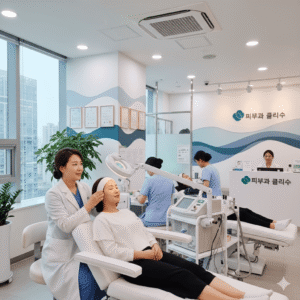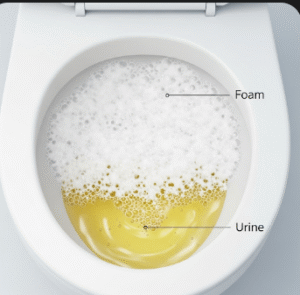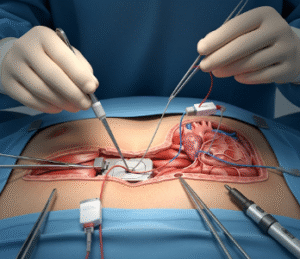Overview
Fainting, also known as syncope, is a sudden, temporary loss of consciousness caused by a drop in blood flow to the brain. While often benign, recurrent or severe episodes may indicate an underlying medical condition. In Korea, syncope is evaluated and treated in cardiology, neurology, and emergency medicine departments, with a focus on identifying causes and preventing complications.
What is Fainting (Syncope)?
Syncope is a temporary loss of consciousness and postural tone, usually followed by a rapid recovery. It can result from cardiovascular, neurological, or reflex-mediated mechanisms. In Korea, hospitals often perform a comprehensive assessment to distinguish between benign fainting and potentially life-threatening causes such as arrhythmias or structural heart disease.
Symptoms
- Sudden dizziness or lightheadedness
- Loss of consciousness lasting a few seconds to minutes
- Pale skin or sweating
- Weak pulse or low blood pressure
- Nausea or blurred vision before fainting (prodrome)
- Confusion or fatigue immediately after recovery
Causes
- Vasovagal syncope – triggered by stress, pain, or prolonged standing
- Cardiac causes – arrhythmias, heart block, or structural heart disease
- Orthostatic hypotension – sudden drop in blood pressure when standing
- Neurological causes – seizures or transient ischemic attacks
- Metabolic or endocrine issues – dehydration, hypoglycemia
Risk Factors
- History of fainting episodes
- Heart disease or arrhythmias
- Prolonged standing or heat exposure
- Dehydration or malnutrition
- Use of certain medications (antihypertensives, diuretics)
- Elderly individuals with impaired blood pressure regulation
Complications
- Injuries from falls during a fainting episode
- Cardiac events if underlying heart disease is present
- Anxiety or fear of recurrent episodes
- Rarely, prolonged loss of consciousness leading to hypoxia
Prevention
- Stay hydrated and maintain electrolyte balance
- Avoid prolonged standing or extreme heat
- Recognize prodrome symptoms and lie down early
- Regular cardiovascular check-ups for those at risk
- Adjust medications under physician guidance if prone to hypotension
Treatment Options in Korea
Diagnosis
- Physical examination and detailed history
- Electrocardiogram (ECG) to detect arrhythmias
- Echocardiography to assess heart structure
- Tilt-table test for vasovagal syncope
- Blood tests to check for anemia, glucose, or electrolyte abnormalities
Medical Treatments
- Medications to manage underlying causes, such as arrhythmias or blood pressure abnormalities
- Fludrocortisone or midodrine for recurrent orthostatic hypotension
- Lifestyle modifications including hydration, salt intake, and physical counterpressure maneuvers
Surgical or Advanced Therapies
- Pacemaker implantation for certain cardiac syncope cases
- Catheter ablation for arrhythmias causing recurrent syncope
Rehabilitation and Support
- Patient education on recognizing triggers and prodrome symptoms
- Fall prevention strategies at home
- Regular follow-up with cardiologists or neurologists













